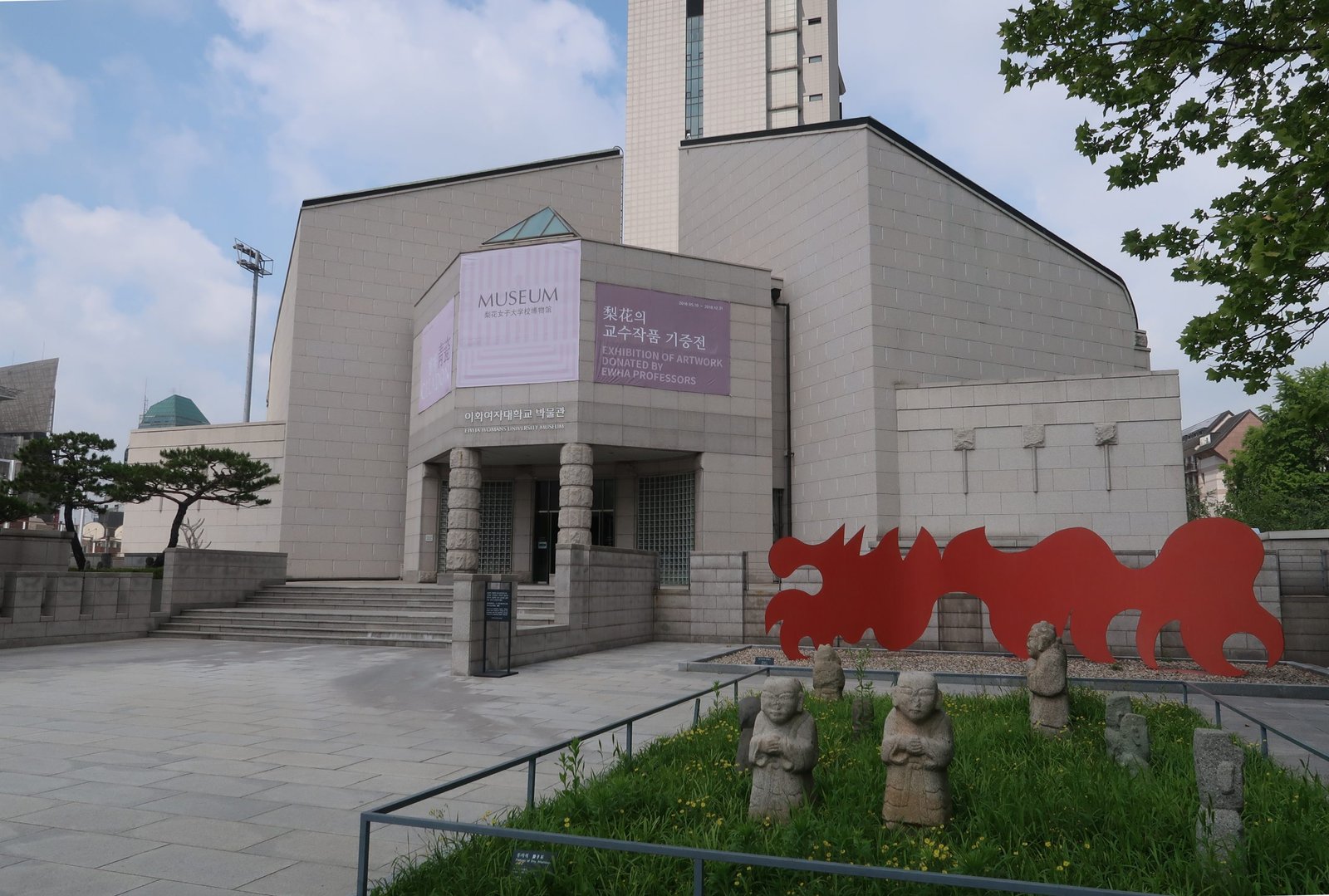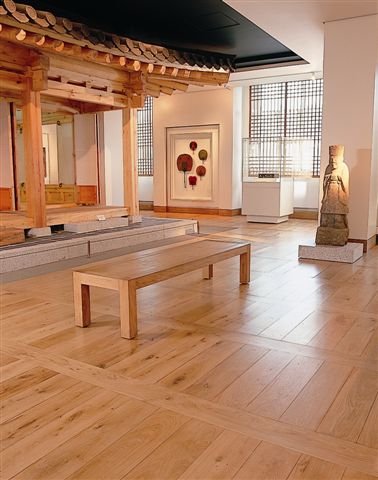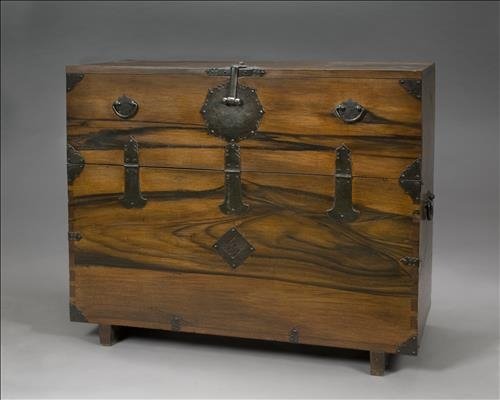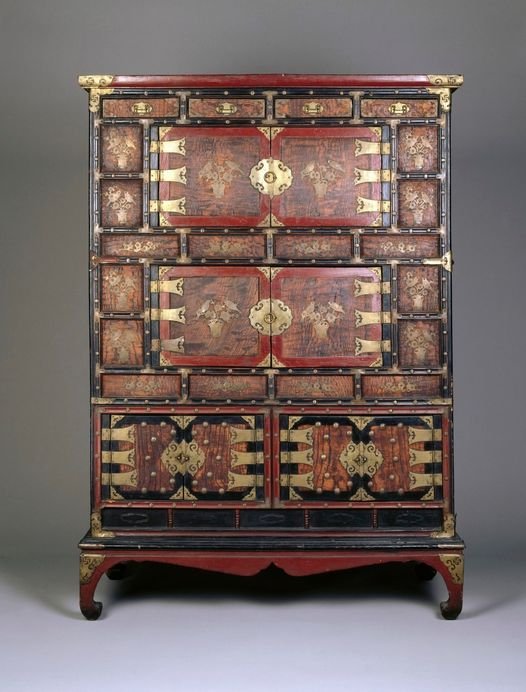EWHA WOMAN’S UNIVERSITY. SEOUL. Korean Furniture Collection. More than 500 pieces are featured in the collection of the Ewha Woman’s University Museum in Seoul, Korea. Woman’s University Museum in Seoul, Korea. The museum was open on April 6, 1935, as part of the university’s efforts to preserve Korea’s rich cultural heritage. HO-AM ART MUSEUM. SEOUL. […]










